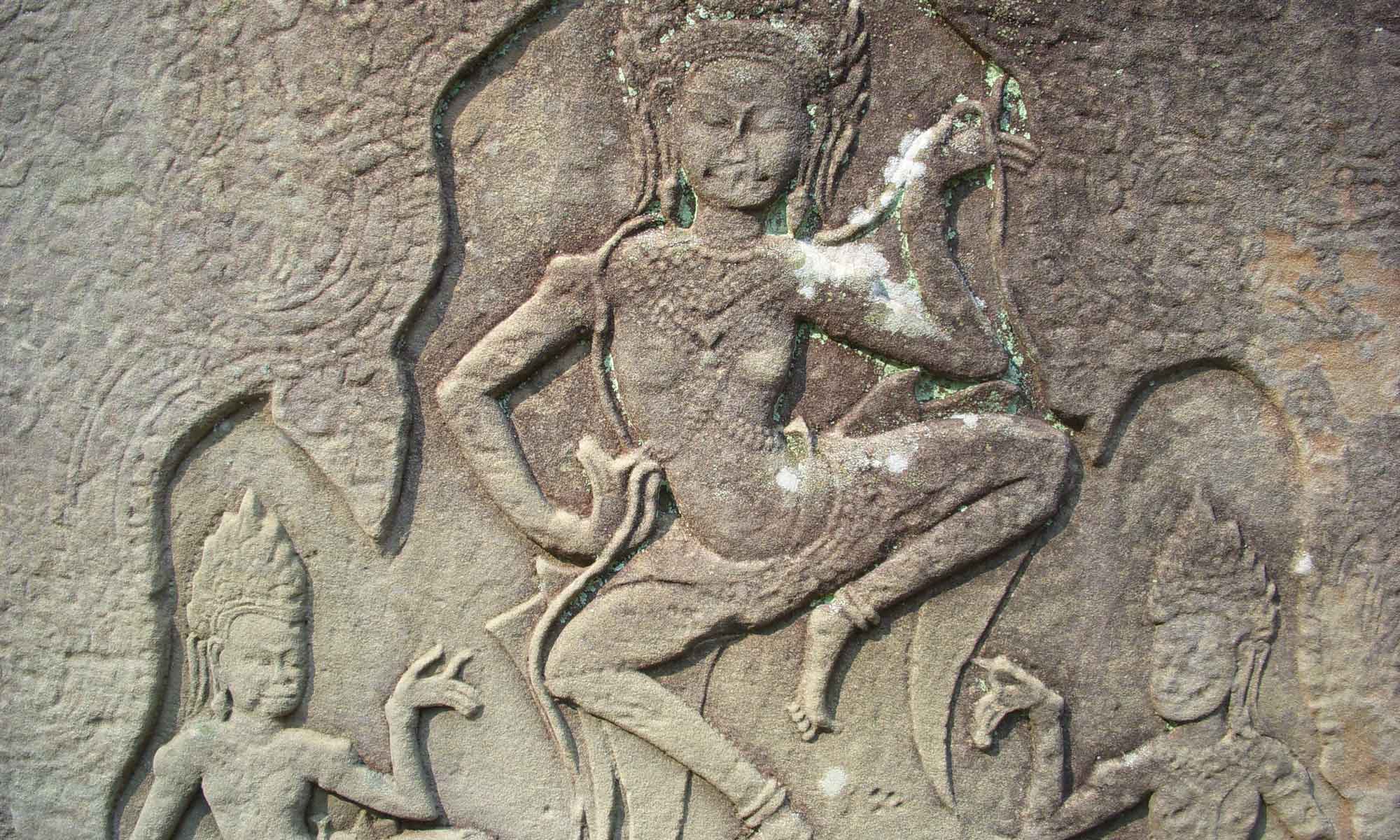See bottom of page for link to presenters’ biographies with full descriptions of presentations.
SATURDAY March 12
11:00 Registration
12:30 Opening Remarks
Patricia Monaghan and Sid Reger
12:45-2:00 PLENARY
Living Goddesses: Embodying the Divine in Buddhist Nepal
Miranda Shaw, Ph.D., author of Passionate Enlightenment and Buddhist Goddesses of India
2:15 to 3:45
SESSION I: PANEL Patterns of Descent and Rebirth
Catalina Florescu, Ph.D.
Reinventing the Myth of Demeter
Stephanie Melmed, C.S.W.
Embodying the Descent Myth
Merry Norris
My Gift From the Goddess: EmBODYment
SESSION II: PANEL Arts, Goddesses and Creativity
Lydia Ruyle, M.F.A.
The Embodied Goddess of the Western Hemisphere
Amejo Amyot, Ph.D.
Ancient Earth Goddess in art
Tova Beck-Friedman, M.F.A.
Translating Ideas into Images (short films)
SESSION III: WORKSHOP Singing in Sacred Circle
Shelley Graff, singer-songwriter
4:00-5:30
SESSION IV: PANEL Word, Image, and Archetype
Responder: Patricia Monaghan
Lisa Paul Streitfeld, author, journalist
The Embodied Goddess in 21st Century Art
Lorraine S. Schein, M.F.A.
Poetry
Johanna Braff, Ph.D. candidate
Sappho 16’s Helen: victim of the gods or promoter of evil?
Leesa Sklover-Filgate, Ph.D.
Lost in the wild: The Ruptured Mother-Child Archetype
SESSION V: PANEL Priestesses and Sacred Mothers
Sabine Jell-Bahlsen, Ph.D.
The Water Goddess, OGBUIDE
Elizabeth Jacquet
Feminine Iconography in Etruscan Death Rituals
Iyalode Mei Mei Sanford, Ph.D.
Abundant Embodiment . . . in Yoruba Religions
H.E. Oloyo Aina Olomo
Primordial Mothers of Yoruba Spirituality
SESSION VI: WORKSHOP Evoking and Remembering the Ancient Earth Goddess
Amejo Amyot, Ph.D. (sculptor, educator)
5:30-7:30 dinner break
7:30-9:00 An Evening with Goddesses and Heroines
Announcing our first-ever Brigit Award for Excellence in the Arts, to… Layne Redmond!
Shelley Graff, singing together
Tova Beck-Friedman, short film
Serpentessa, The Dance of the Serpent Priestess
She Who, a capella chorus
SUNDAY, March 13
7:45-9:00 Networking Breakfast
9:00 -10:15
SESSION VII: PANEL Re-membering Goddesses
Patricia Monaghan
Hail, Mary
Lydia Ruyle. M.F.A.
The Embodied Goddess of Anatolia
SESSION VII: WORKSHOP
Holly Shere, M.A.
Wild Earth Shebrew: A Devotional Chant Experience
10:30 – 11:45
SESSION IX: PANEL Priestesses and Goddesses: Embodiments of the Female Divine in Judaism
Convener: Ma’ayana Gail Tishman
Sheila Shiki y Michaels
A Naos for Naomi
Rav Kohenet Jill Hammer
Traditions of Sacred Weaving Women in the Temple and Jewish Myth
Rav Kohenet Holly Shere
And We Will Be Shechina: Contemporary Jewish Priestesses and Paths, Possibilities and Pitfalls of Embodying the Goddess
Responder: Kohenet Mei Mei Sanford
SESSION X: WORKSHOP
Serpentessa, dancer
Belly on Earth, Snake on Skin: Woman as Embodied Goddess
12:00-12:45
PLENARY Research and Scholarship
Patricia Monaghan: Report on Goddess Studies Syllabus Project
Sid Reger, Moderator: Six Essential Questions (open participation)
Link to presenters’ biographies with detailed descriptions of presentations.
 Most publishers today require you to send them a proposal, as well as sample chapters or (in certain cases, notably fiction) the full manuscript, before they will consider a book for publication. Doing the book proposal professionally and comprehensively will increase the likelihood of your book’s receiving a positive response. This short article will guide you through the major parts of a book proposal, which are the overview, market analysis, chapter-by-chapter outline, and bio/timeline. (The order of the last three may vary, but the overview naturally always comes first.) The proposal is virtually always accompanied by approximately three sample chapters; in the case of creative writing, publishers expect to see the entire novel or book of poetry. (Note: many poetry publishers do not expect a proposal, but almost all nonfiction and fiction publishers do.)
Most publishers today require you to send them a proposal, as well as sample chapters or (in certain cases, notably fiction) the full manuscript, before they will consider a book for publication. Doing the book proposal professionally and comprehensively will increase the likelihood of your book’s receiving a positive response. This short article will guide you through the major parts of a book proposal, which are the overview, market analysis, chapter-by-chapter outline, and bio/timeline. (The order of the last three may vary, but the overview naturally always comes first.) The proposal is virtually always accompanied by approximately three sample chapters; in the case of creative writing, publishers expect to see the entire novel or book of poetry. (Note: many poetry publishers do not expect a proposal, but almost all nonfiction and fiction publishers do.)


You must be logged in to post a comment.